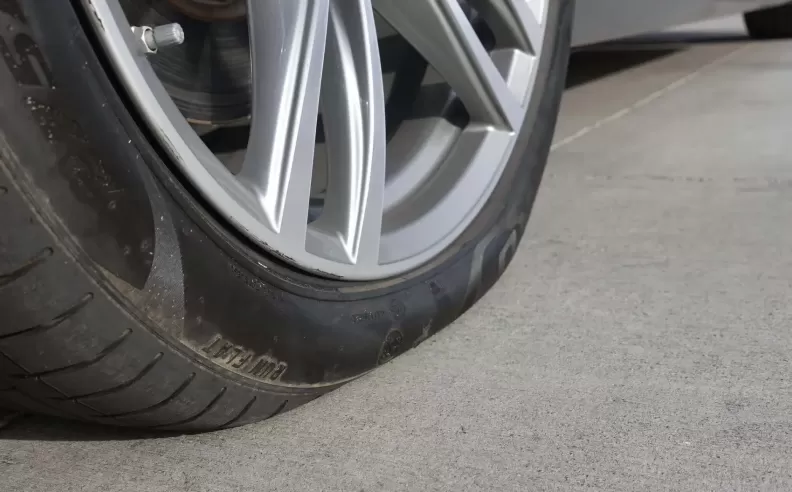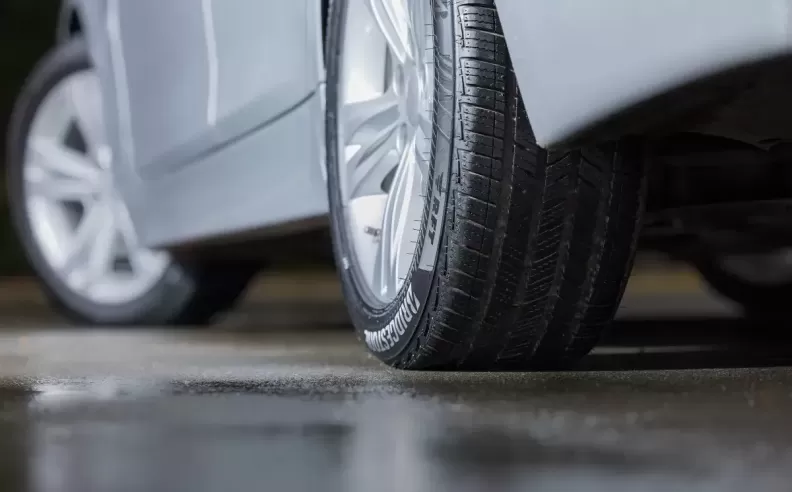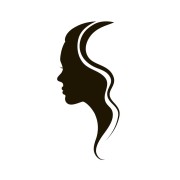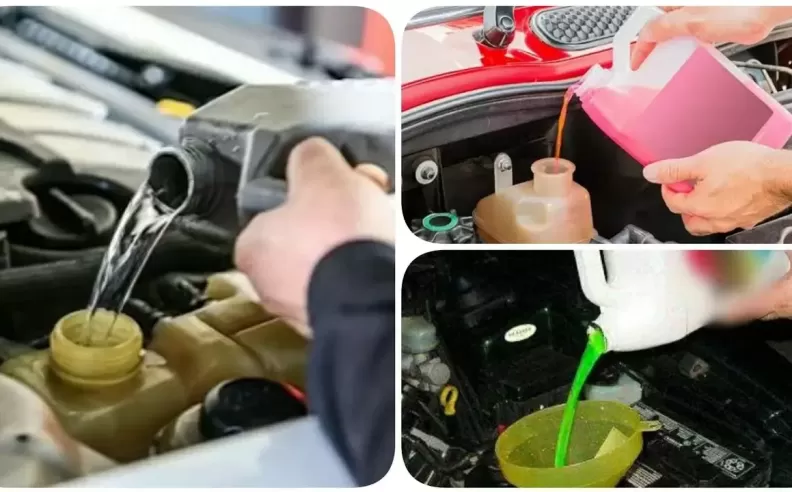
Run-flat tires are quickly becoming a staple in modern automotive design, especially in premium vehicles where safety and convenience are key priorities. Unlike traditional tires that leave drivers stranded after a puncture, run-flat tires offer the ability to keep moving, giving drivers more time and space to deal with emergencies safely. As more brands adopt this technology, understanding how run-flat tires function and what advantages they bring becomes increasingly important for today's drivers, especially in regions like the UAE, where road conditions and long-distance driving demand reliability.

Run-flat tires rely on smart engineering to deliver safety even when traditional tires would fail. There are two main technologies behind this innovation: the self-supporting system and the support ring system.
The more common self-supporting system uses reinforced sidewalls to hold the vehicle’s weight after losing air pressure. This means that even if the tire is completely deflated, the sidewalls prevent the wheel from collapsing, allowing continued driving for a limited time and distance. For example, certain Bridgestone models can run up to 80 kilometers at speeds of up to 80 km/h after a total air loss.
The support ring system, although less common, takes a different approach. It uses a stiff ring made of rubber or similar material that physically supports the wheel from beneath. Regardless of the type, all run-flat tires require vehicles to be equipped with a Tire Pressure Monitoring System (TPMS). This system immediately alerts the driver when pressure drops, making it possible to respond without delay, something that’s especially useful on highways or desert roads where stopping may not always be safe.

Run flat tires aren’t just a technological gimmick; they’re a serious upgrade in terms of safety and user convenience. One of their most practical advantages is eliminating the need to change a tire immediately after a puncture. Drivers can avoid risky roadside stops or the hassle of waiting for a tow truck, especially in areas with extreme heat or heavy traffic.
Moreover, run-flat tires provide better stability during a blowout. Their reinforced structure helps the vehicle remain more balanced and responsive, even when completely deflated. This reduces the chances of losing control and adds a vital layer of protection for both the driver and passengers.
As automotive safety becomes more connected, through systems like TPMS and other digital monitoring technologies, run flat tires fit naturally into the equation. Their seamless integration with these systems and their growing adoption by premium brands signal a shift in what consumers can expect in future vehicles: more autonomy, less downtime, and a stronger focus on protection.

Started my career in Automotive Journalism in 2015. Even though I'm a pharmacist, hanging around cars all the time has created a passion for the automotive industry since day 1.
